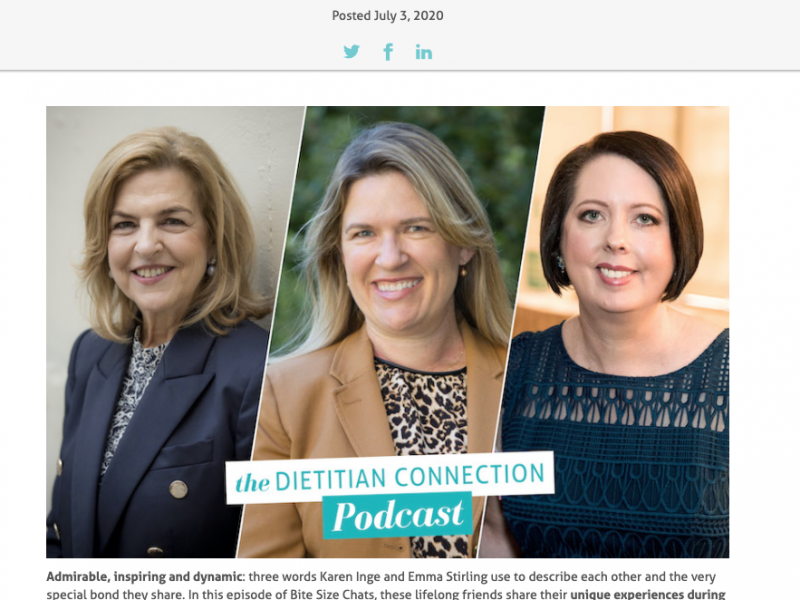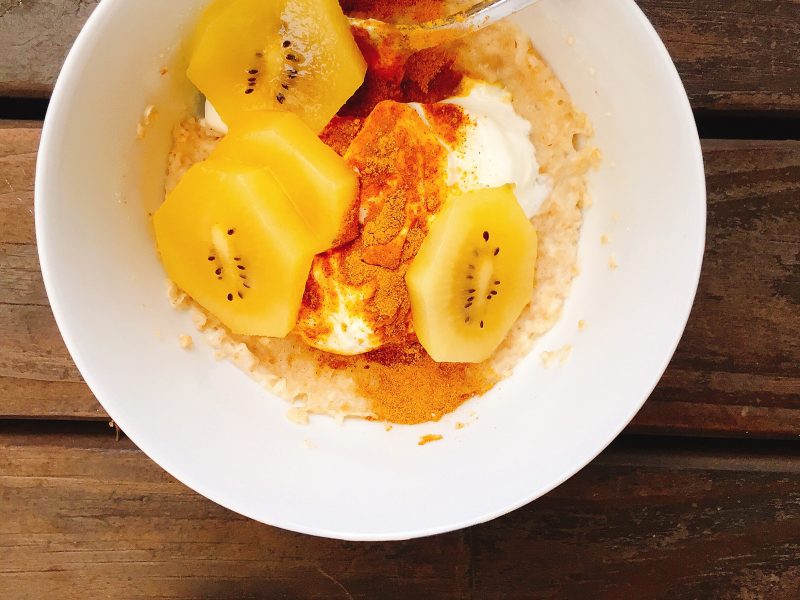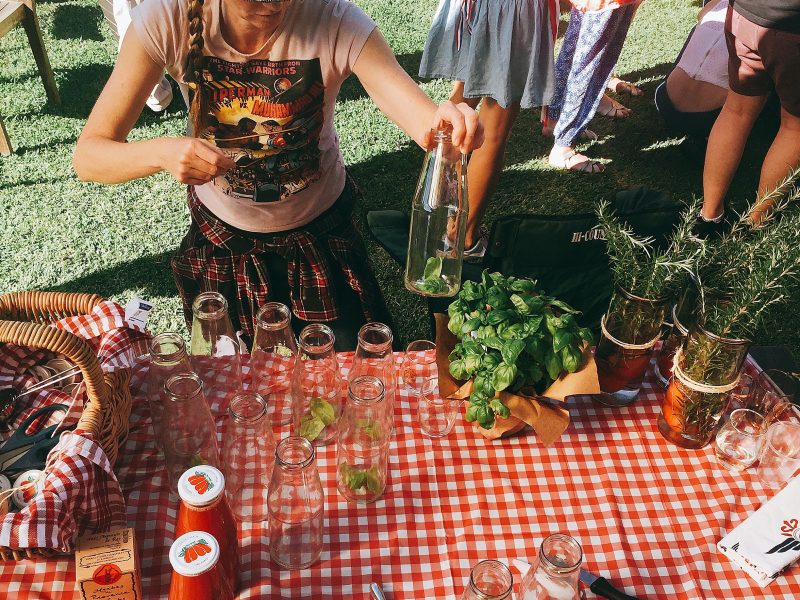The word companion comes from the Latin companio, which means ‘the one you eat bread with’. From Latin to science, we can now appreciate how a shared meal and shared table nourishes our physical health, as well as our sense of belonging, community and togetherness. But how much evidence do we have to support what many of us fundamentally know to be true? And how to best encourage more meals with friends and family? We asked this week’s guest to dig around and bring us the scoop.
Christina Glitsos is a Sydney-based Accredited Practising Dietitian and nutritionist, who’s work with a diverse range of people, from coal miners to IT professionals, has given her an appreciation of the real-world challenges we all face in trying to lead a healthy lifestyle. Taking this as inspiration, Christina’s approach to healthy living and good nutrition is simple – wholesome food, basic cooking skills and a little forward planning. Join Christina on her recently launched nutrition blog SQUASH, where she shares tips, recipes and dietitian know-how that make healthy shopping, cooking and eating easier. You can also connect with Christina on Twitter (@ChrisGlitsos), Instagram (@squash_nutritionblog) or Pinterest.
Shared Eating is Healthier Eating
Children who eat three or more shared meals per week are 24% more likely to eat healthy foods and 20% less likely to eat unhealthy food. This translates to an improved intake of fibre, calcium, folate, iron, and vitamins B6, B12, C and E; and a lower intake of saturated fat. Improved food and nutrition has also been found among teenagers who frequently eat with other family members – eating habits that tend to continue into young adulthood. Older adults stand to benefit too, as eating together in residential care settings and the community can improve average nutrient intakes by 10-20%.
Benefits beyond Nutrition
However, some of the strongest benefits have less to do with what is actually being eaten. Teenagers that share a meal with at least one parent on five or more days of the week are half as likely to smoke or abuse alcohol, or participate in other high-risk activities. There is a direct relationship between the frequency of shared meals and reported family support and love, clear communication, commitment to learning, positive life outlook and role modeling. Social benefits have also been seen among older people, where those who eat together have 16.3% more social contacts per month.
How to Share your Table
Here are a few ways you can make dining with your companios more frequent:
Plan for success – conflicting schedules and parents working late are the most common barriers to sharing a meal. Take time on the weekend to plan the week’s meals and write a shopping list, focusing on meals that can be made ahead of time or frozen eg. chicken and winter vegetable casserole, beef and barley stew or vegetable lasagna.
Book it in – the more shared eating occasions the better, so why not start with a Friday lunch with co-workers, or Sunday dinners at home.
Disconnect to reconnect – 77% of Australian families eat dinner together five or six times a week. However, 36% of families do so in front of the TV, which negates the positive effects associated with sharing a meal. Disconnect from technology to enjoy the conversation instead.
A global feast – pick a cuisine or set a theme for dinner. If you are looking for inspiration, why not try this Moroccan Lamb, Date & Spinach Tagine recipe on my blog, a one-pot wonder that is great for sharing at the table.
Make it a team effort – cooking with children and having fun in the kitchen increases the likelihood of eating together. Get everyone involved with DIY dishes, such as tacos, san choy bau or Vietnamese rice paper rolls.
Dump the el Desko dining – the 28% of Australians who eat lunch at their desks are missing a vital opportunity to build workplace friendships and morale. Instead, set time in your work calendar, arrange to meet with colleagues in other departments, or organise a ‘bring a plate’ lunch once a month.
Set a challenge – take inspiration from popular TV cooking shows, with your own MasterChef or My Kitchen Rules challenge between friends, colleagues or neighbours.
 Share the sharing – join a Community Kitchen to get to know others in your neighbourhood, swap recipes and enjoy a shared meal through a community kitchen.
Share the sharing – join a Community Kitchen to get to know others in your neighbourhood, swap recipes and enjoy a shared meal through a community kitchen.
Potluck it – host a dinner with friends or neighbours, where everyone brings a dish. Here are some great tips to make sure you don’t end up with two pasta salads!
Editor’s comment: Thank you Christina and congrats on your blog! I think everyone knows that it’s shared tables all the way for me. I just love catering to the masses and it’s all about creating atmosphere for a long slow meal. I’m thinking of redoing last year’s New Years Eve Ode to Ottolenghi banquet now that he is coming to Australia in October!! Are you going to hear him talk lovelies? And did you know he has a brand new cookbook ? Do you like my photos above? How about you lovelies, tell me about a memorable shared meal?






